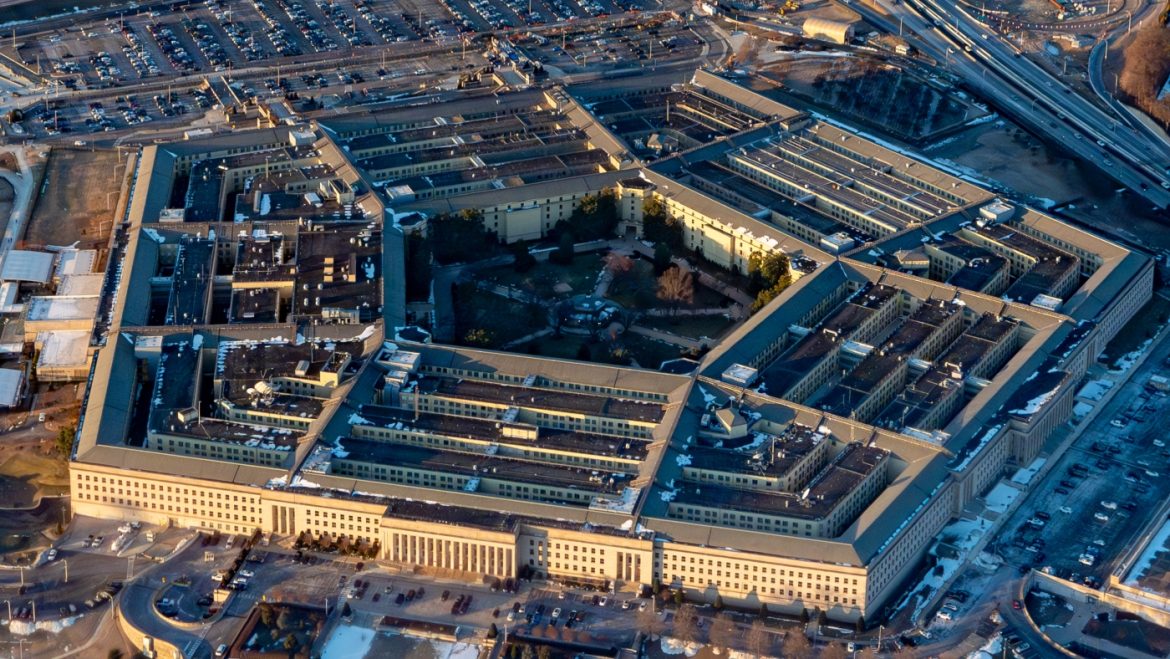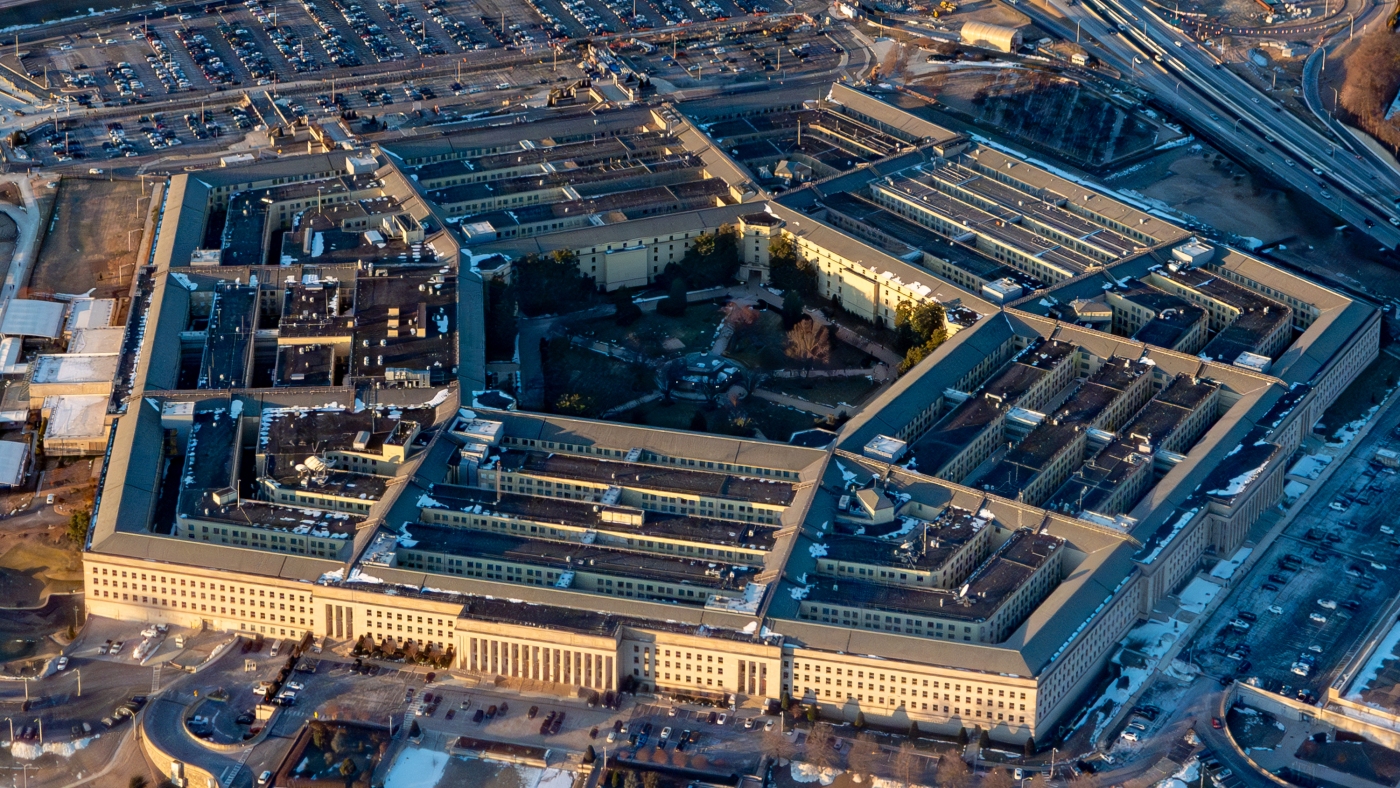Pete Hegseth: Change Agent or Controversial Figure?
Pete Hegseth, the current Secretary of Defense, has positioned himself as a “change agent” within the Department of Defense (DoD). This self-proclaimed role has sparked both intrigue and criticism, with many questioning the specifics of his plans and the effectiveness of his leadership. This analysis delves into Hegseth’s tenure, his proposed changes, and the controversies that have surrounded his time in office.
The Promise of Change
Hegseth has repeatedly emphasized his intent to reshape the military, particularly the Army. His vision includes trimming the number of senior admirals and generals and transforming the Army to focus on homeland defense and deterring threats from countries like China. This push for change is not entirely new; plans to reshape the Army began taking shape before Hegseth’s arrival. However, Hegseth’s approach has been marked by a lack of detailed plans, leaving many to wonder about the specifics of his strategy.
One of Hegseth’s most significant announcements was his intention to reduce the number of senior military leaders. This move is seen as a way to streamline the military’s structure and eliminate redundancy. However, the lack of concrete details has led to skepticism about how this will be achieved and what the long-term impacts will be.
Controversies and Challenges
Hegseth’s tenure has been marred by several controversies, raising questions about his leadership and judgment. One of the most significant issues involved his use of the Signal messaging app to share operational details of military actions. This incident led to calls for his resignation and highlighted concerns about his handling of sensitive information.
In addition to the Signal chat scandal, Hegseth has faced criticism for his statements on various issues. For instance, he has publicly stated that the DoD does not focus on “climate change crap,” a stance that has been met with backlash from those who see climate change as a significant threat to national security. This comment, among others, has contributed to a perception of Hegseth as a divisive figure within the military and broader political landscape.
Internal Strife and Leadership Questions
The internal dynamics of the Pentagon under Hegseth have also been a source of concern. Reports of feuds between his advisers and his chief of staff have created an atmosphere of backbiting and distrust. This internal strife has been described as a “month from hell” for the DoD, with the chaos becoming a significant distraction for the administration. The turmoil within the Pentagon has raised questions about Hegseth’s ability to lead effectively and maintain a cohesive leadership team.
Policy Initiatives and Reforms
Despite the controversies, Hegseth has implemented several policy initiatives aimed at reforming the DoD. He has signed memorandums directing the termination of IT services contracts and the in-sourcing of certain functions. Additionally, he has ordered a review of major defense acquisition programs, aiming to overhaul the weapons-buying process. These efforts are part of his broader goal to increase accountability and efficiency within the department.
Hegseth has also focused on recruiting and military readiness, emphasizing the need to restore the “warrior ethos” within the military. His background as an Army National Guard veteran, with deployments to Guantanamo Bay, Iraq, and Afghanistan, has been cited as an asset in his push for these reforms. However, his lack of high-level management experience has been a point of contention, with critics questioning his qualifications for the role.
Public Perception and Political Support
Hegseth’s public image has been a mix of admiration and criticism. While some veterans’ groups support his focus on improving military readiness, others have excoriated him as unfit for the position. His lack of detailed plans and the ongoing controversies have further complicated his public perception. President Trump has expressed confidence in Hegseth, stating that he believes Hegseth will “get it together” amid the chaos. However, this support has not been enough to quell the doubts and criticisms surrounding his leadership.
The Way Forward
As Hegseth continues to navigate the challenges of his role, the future of his tenure remains uncertain. His ability to deliver on his promises of change will be crucial in determining his legacy. The lack of detailed plans and the ongoing controversies pose significant obstacles, but his determination to push forward with reforms could potentially turn the tide.
The DoD faces numerous challenges, from internal strife to external threats. Hegseth’s role as a change agent will be tested in the coming months and years. His success will depend on his ability to balance reform with effective leadership, addressing the concerns of both his supporters and critics.
Conclusion: The Path to Redemption
In conclusion, Pete Hegseth’s tenure as Secretary of Defense has been marked by a mix of bold promises and significant controversies. His vision for change within the DoD is ambitious, but the lack of detailed plans and the ongoing internal strife have raised questions about his effectiveness as a leader. As he continues to push for reforms, the path to redemption will require a combination of strategic planning, effective leadership, and a commitment to addressing the concerns of those who have criticized his approach. Only time will tell if Hegseth can overcome the challenges and deliver on his promises of change.


